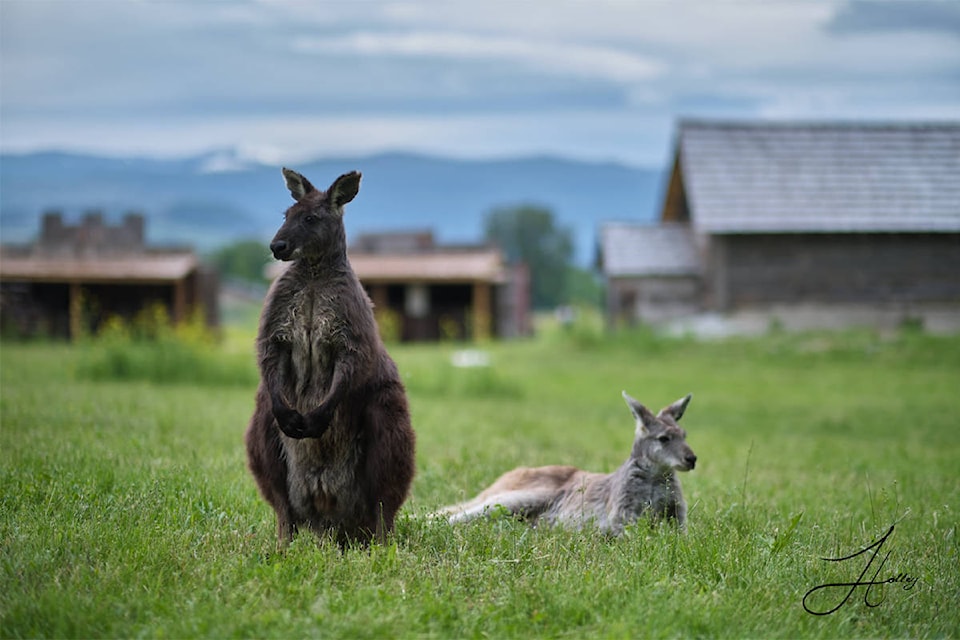Every time someone says something about the majesty of nature, about the sense of wonder and oneness with the universe we get from apprehending the living world, I nod in solemn agreement.
Then I remember that wombats have cube-shaped poop.
Animals were weird, and that is nowhere more true than in Australia.
Marsupials are mammals, but they branched off early from the placental mammals, which includes us and our relatives the apes and monkeys, not to mention everything from mice to deer to elephants to whales.
But for millions of years, marsupials had the run of both Australia and South America, where they evolved into a whole bunch of strange forms.
You’ve seen pictures of kangaroos all your life, but have you ever considered that they’re one of the only animals that just hops everywhere? That’s very strange! They have all sorts of weird adaptations to allow that – internal shock absorbers and super-efficient tendons. All of that works together to make a kangaroo hopping at a moderate pace more energy efficient than most other mammals running at the same speed. Which is a pretty handy trick if you live on a big, dry continent.
There also used to be bigger marsupials – extinct hippo-sized critters called Diprotodons, with metre-long skulls. They looked sort of like… big cows, or hornless rhinos? They were big, and they ate plants, and their closest living relatives today are wombats.
No word from palaeontologists on whether Diprotodons had unusually shaped poop.
READ ALSO: Painful Truth – Dino-bats of the late Jurassic!
There were also marsupials that looked a lot like mammals we know today, due to convergent evolution – that’s where animals in widely separated areas, or living millions of years apart, take on similar shapes in response to similar evolutionary needs. For example, that’s why sharks and dolphins both have dorsal fins and similar body shapes, even though one is a fish and the other is a mammal.
So there are marsupial sugar gliders, which have flaps of skin between their legs and parachute or glide from tree to tree just like flying squirrels.
But there used to be larger examples of convergent evolution.
The most famous is the so-called “marsupial lion,” officially known as thylacoleo.
When they were alive, up to about 46,000 years ago, they could weigh up to 200 to 300 pounds, maybe more. They were stockier than cats, more like bears or hyenas, and their paws looked different – they may have been good climbers, and they practically had thumbs.
They also had what serious palaeontologists describe as “bolt cutter teeth,” a pair of big chompy teeth inside the cheeks that could have sliced through big chunks of meat, probably even bone.
So, a mountain-lion sized predator that could climb trees, slice and dice large prey, and had thumbs, so if it was clever enough it could open doors…
We’re probably better off with it being extinct. Although it’s closest relative is also the wombat. So there’s a chance the bolt-cutter toothed marsupial lions also had cube-shaped poop.
Have a story tip? Email: matthew.claxton@langleyadvancetimes.com
Like us on Facebook and follow us on Twitter.
